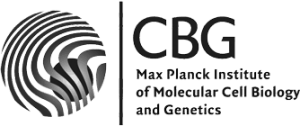
We do pioneering basic research. 500 curiosity-driven scientists from over 50 countries ask: How do cells form tissues? Our research programs span multiple scales of magnitude, from molecular assemblies to organelles, cells, tissues, organs, and organisms.